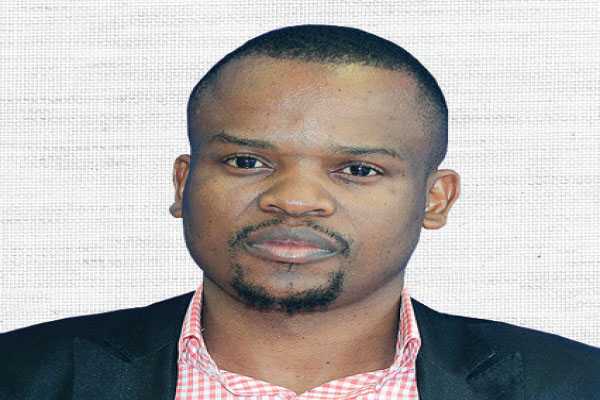Gender disparities still visible in the labour market
Gender wage gap exists in Botswana labour market as women earn less than men despite the increase in the labour market. Findings of a study conducted by Botswana Institute for Policy Analysis (BIDPA) shows that gender wage gap between men and women is 17 percent.
According to the study compiled by Masedi Motswapong, wage differentials for local citizens, evidence suggests that women in mining and quarrying, construction, real estate and central government earn more than men. On the other hand, women in health, education and wholesale and retail trade earn considerably less than men, earning 60 percent and 75 percent of men’s wages.
According to the study findings, private returns to education tend to increase as the education level moves up and from lower parts of the wage distribution to higher parts with females getting higher returns. “As we move up the education level, females have higher returns to education than males in the lower and upper levels of the wage distribution,” the study says. Research statistics shows that male-female wage gap exists with respect to most characteristics, except in post-graduate education, workers in the private and NGO sectors and also in rural areas.
According to the figures, females with education attainment lower than the post-graduate level earn considerably less than males and those with postgraduate education earn 1.2 times more than males. Motswapong revealed that males in the public sector earn more than females and females in the private sector earn more than males.
On the other hand females in the parastatals earn considerably less than males with the gap of 67 percent but females earn convincingly more than males in NGOs, three times as much on average. “This gap is not entirely unexpected because most of the NGOs are built on fighting for equal rights and are dominated by females,” states Motswapong. Furthermore females earn 1.1 times more than what males earn in rural areas and less than males in cities and urban villages.
However the study findings conclude that higher education is instrumental in giving females a competitive edge over their male counterparts. In addition empowerment of females in society should be promoted to change common perceptions of female workers in the labour market. “There is also a need to value females work in highly feminised sectors. For example attracting males into clerical support services, health and education sectors would also address the wage gap problem and address occupational segregation”.
Botswana ratified the United Nations Convention on the Elimination of All Forms of Discrimination Against Women in 1996 and also signed the SADC Declaration on Gender and Development in 1997 which committed member states to ensure the equal representation of women and men in decision making and the achievement of a target of women comprising at least 50 percent of the political and decision making structures by the year 2015. Motswapong pointed out that despite all the efforts the country has embarked on, women continue to face challenges because gender disparities are still visible in the labour market.
“Even though there has been an increase in female labour force participation, the rate of increase has been lower than that of males,” the study says. Since 2008 the percentage of women employed in the economy increased from 43 percent of the total workforce to 49 percent in 2016 and the labour force participation rate stood at 56 percent which is lower than that of males which stood at 67 percent.





